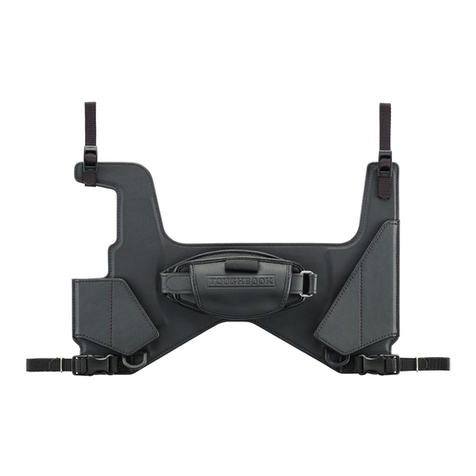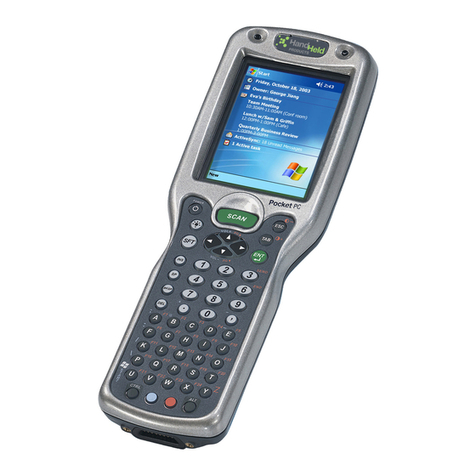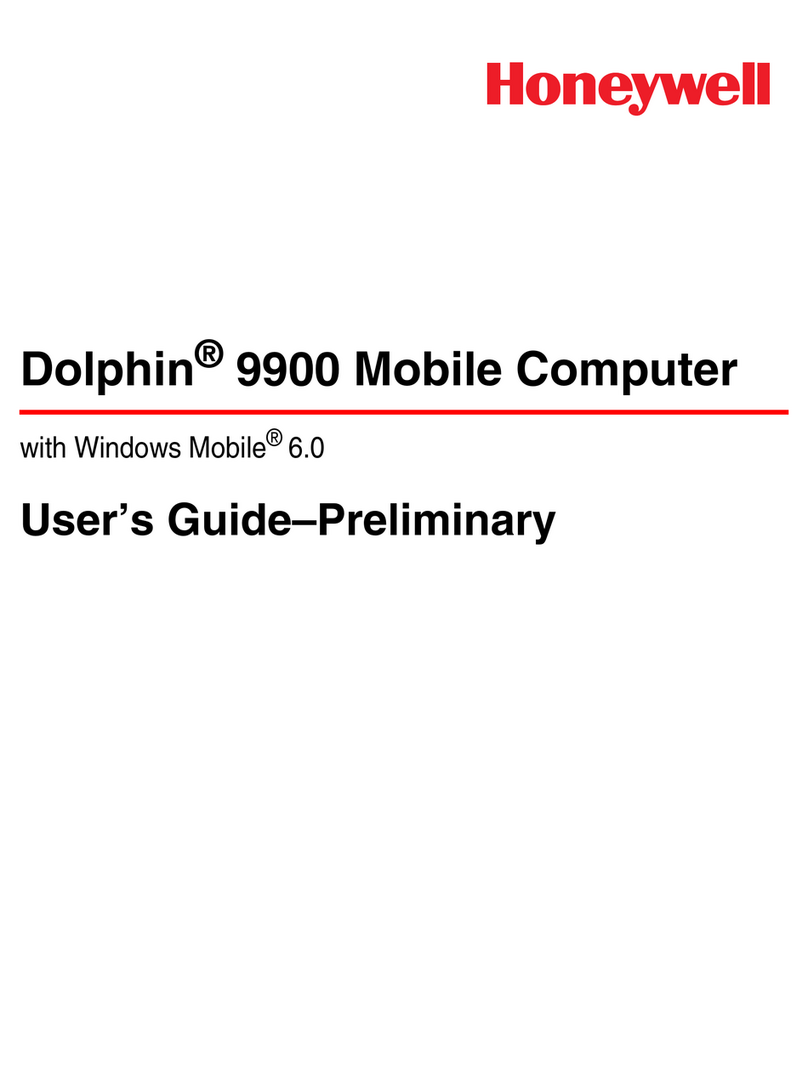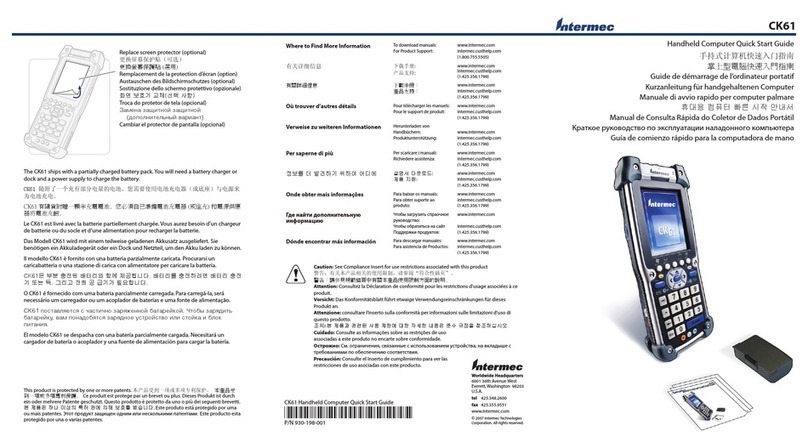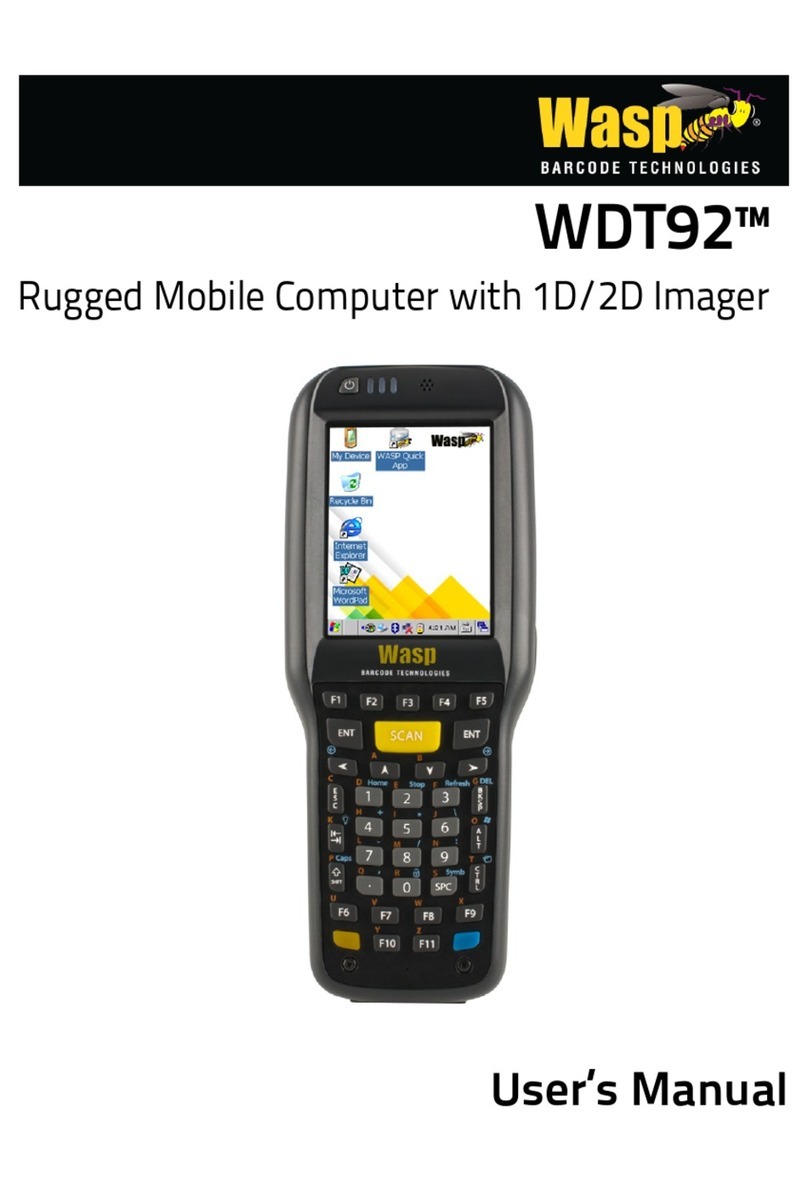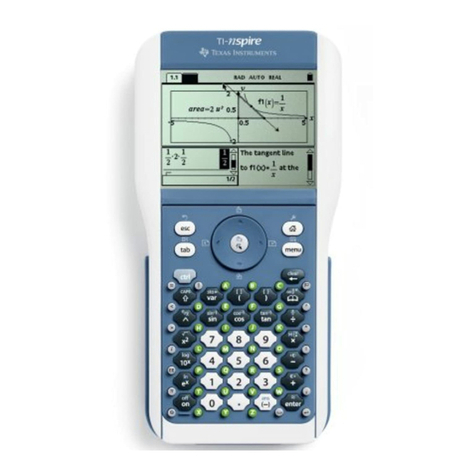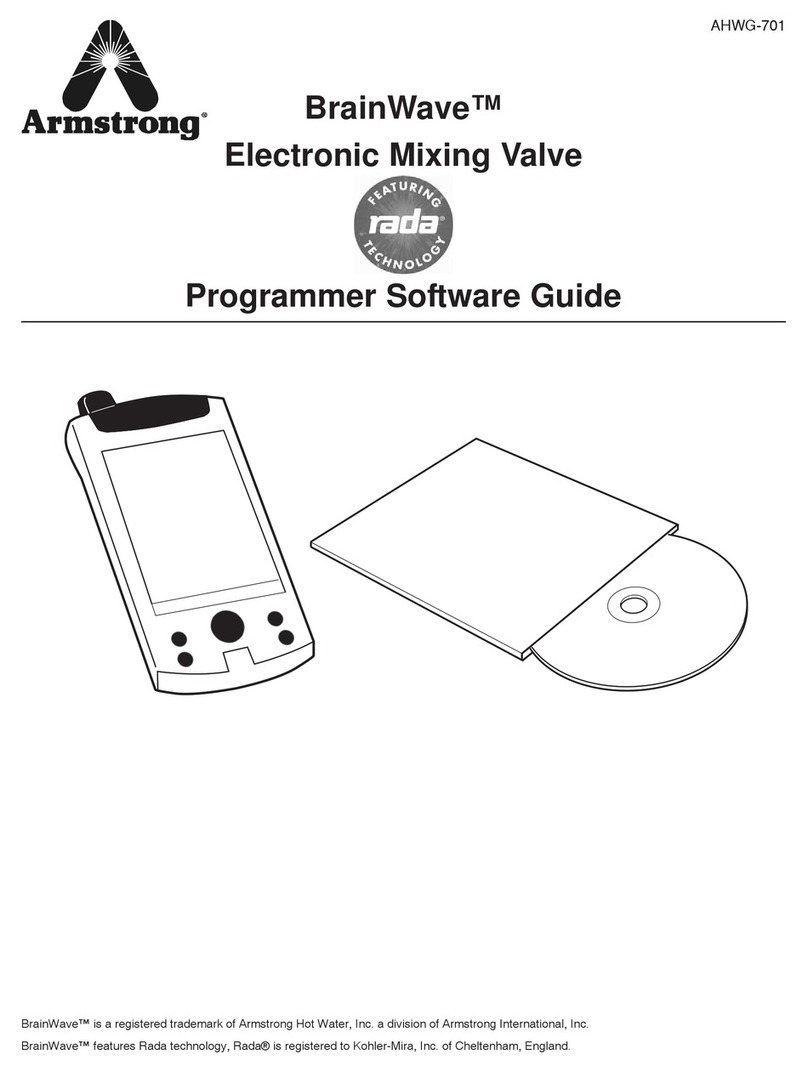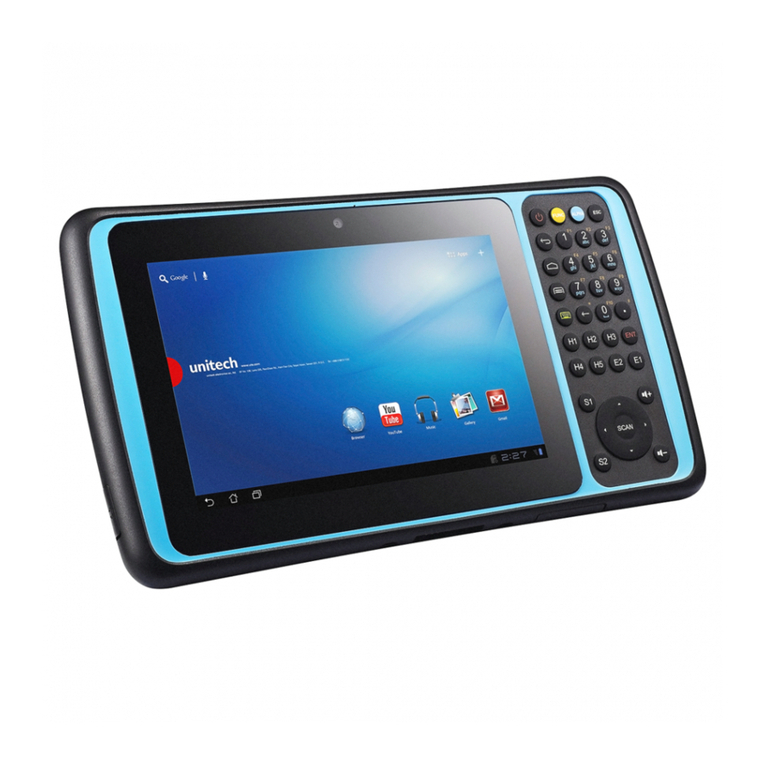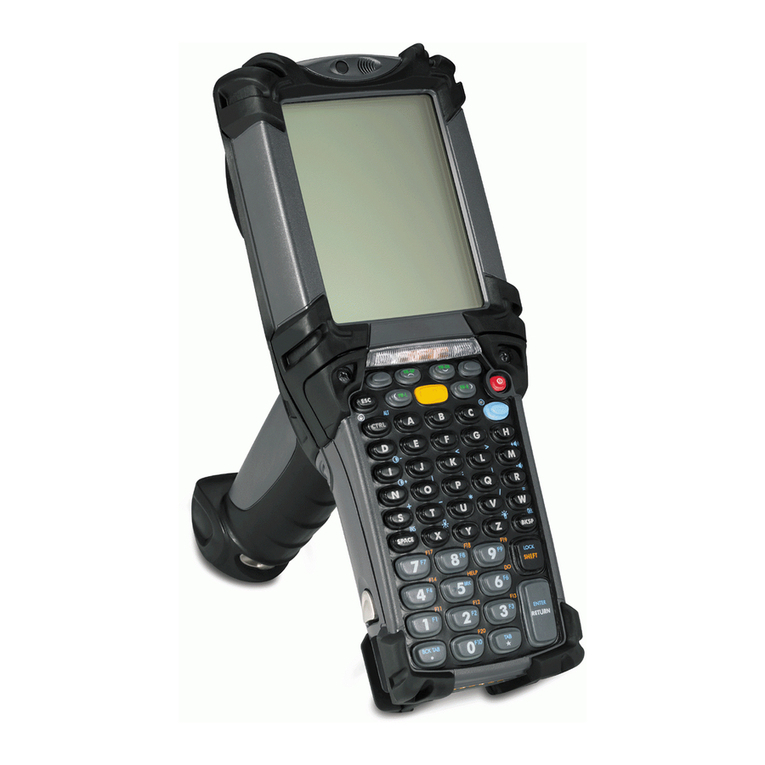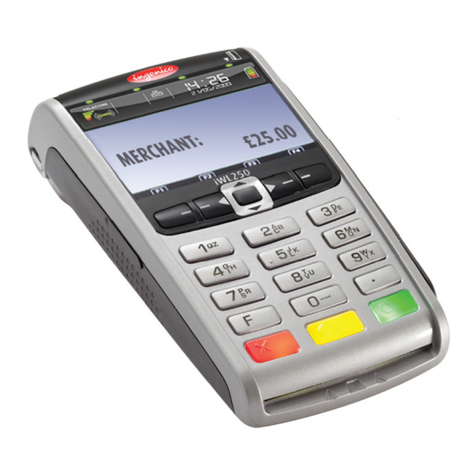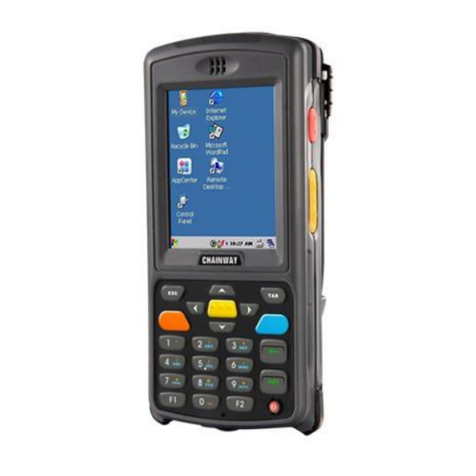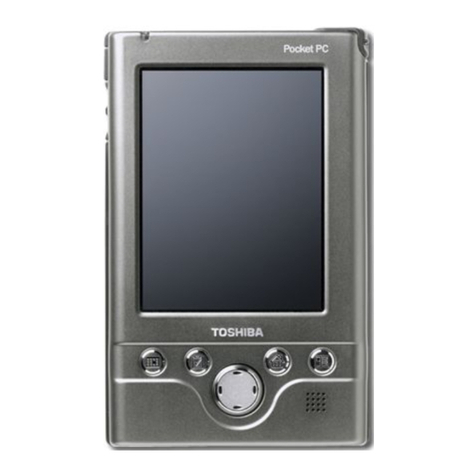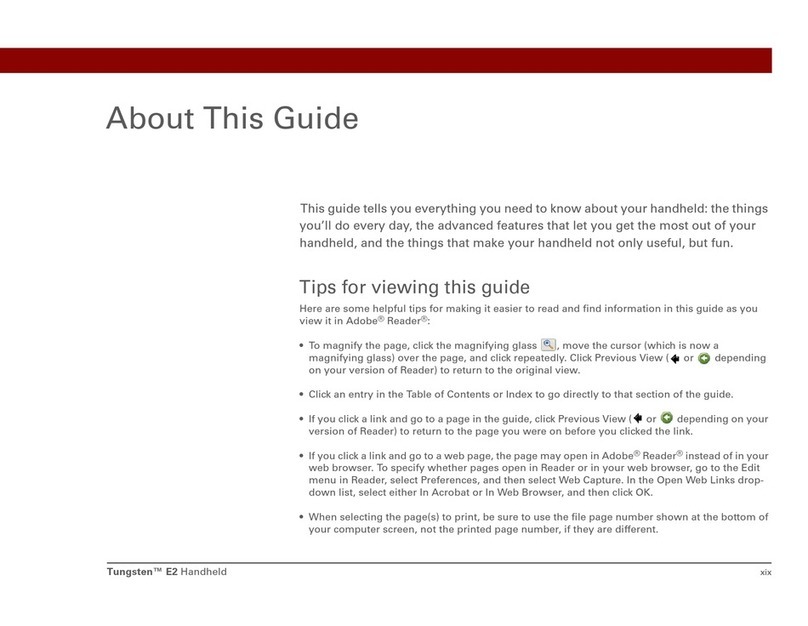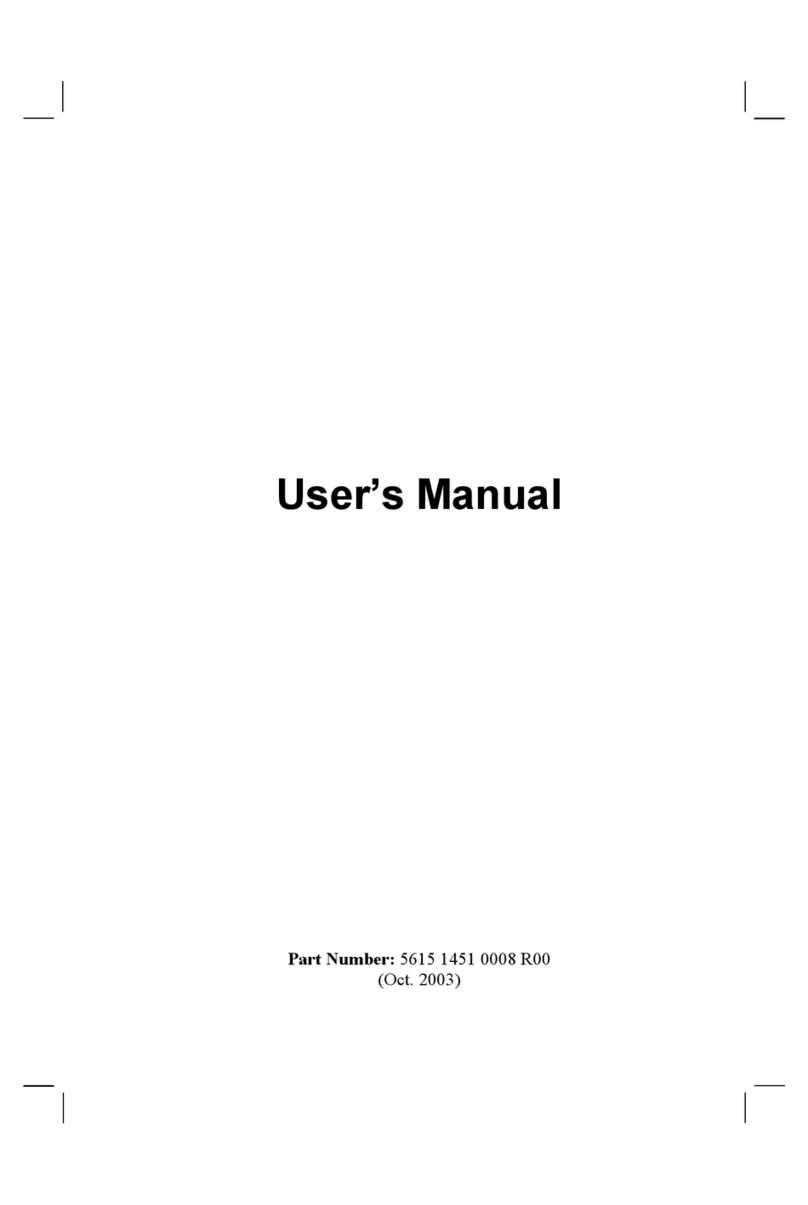Opticon
H15
User Manual
vi
Figure 3-29. Dialing Properties – new location name........................................ 3-14
Figure 3-30. Dialing Properties – dialing patterns.............................................. 3-14
Figure 3-31. Display Properties......................................................................... 3-15
Figure 3-32. Display Background Image ........................................................... 3-15
Figure 3-33. Display Properties – Browse ......................................................... 3-16
Figure 3-34. Display Properties – Scheme........................................................ 3-16
Figure 3-35. Display Properties – Scheme selection......................................... 3-16
Figure 3-36. Input Panel Properties................................................................... 3-17
Figure 3-37. Input Panel Soft Keyboard Options ............................................... 3-17
Figure 3-38. Internet Settings General .............................................................. 3-19
Figure 3-39. Internet Settings Connection......................................................... 3-19
Figure 3-40. Internet Settings Security .............................................................. 3-19
Figure 3-41. Internet Settings Privacy ............................................................... 3-19
Figure 3-42. Internet Settings Advanced ........................................................... 3-20
Figure 3-43. Internet Settings Popups............................................................... 3-20
Figure 3-44. Keyboard Properties ..................................................................... 3-20
Figure 3-45. Connection icon ............................................................................ 3-22
Figure 3-46. Make new connection ................................................................... 3-22
Figure 3-47. Modem .......................................................................................... 3-22
Figure 3-48. Phone Number.............................................................................. 3-22
Figure 3-49. Port Settings ................................................................................. 3-23
Figure 3-50. Call Options .................................................................................. 3-23
Figure 3-51. TCP/IP Settings – General ............................................................ 3-23
Figure 3-52. TCP/IP Settings – Name Servers.................................................. 3-23
Figure 3-53. Security Settings ........................................................................... 3-24
Figure 3-54. WLAN Adapter – IP Address ......................................................... 3-24
Figure 3-55. WLAN Adapter – Name Servers ................................................... 3-24
Figure 3-56. Owner Identification ...................................................................... 3-25
Figure 3-57. Owner Notes ................................................................................. 3-25
Figure 3-58. Owner Network ID......................................................................... 3-26
Figure 3-59. Password Properties ..................................................................... 3-26
Figure 3-60. PC Connection.............................................................................. 3-27
Figure 3-61. PC Connection.............................................................................. 3-27
Figure 3-62. Power Battery ............................................................................... 3-28
Figure 3-63. Power Schemes............................................................................ 3-28
Figure 3-64. Battery Power Switch state ........................................................... 3-29
Figure 3-65. Schemes AC Power ...................................................................... 3-29
Figure 3-66. Main Batteries Very Low ............................................................... 3-29
Table 3-67. Regional Settings ........................................................................... 3-30
Table 3-68. Remove Programs.......................................................................... 3-30
Figure 3-69. Stylus – Double Tap ...................................................................... 3-31
Figure 3-70. Stylus – Recalibrate ...................................................................... 3-31
Figure 3-71. Stylus – Calibration ....................................................................... 3-31
Figure 3-72. System General ............................................................................ 3-32
Figure 3-73. System Memory ............................................................................ 3-32
Figure 3-74. System Device Name.................................................................... 3-33
Figure 3-75. System Copyright.......................................................................... 3-33
Figure 3-76. Terminal Server Client Licenses.................................................... 3-33
Figure 3-77. Volume & Sounds Properties – Volume ........................................ 3-34
